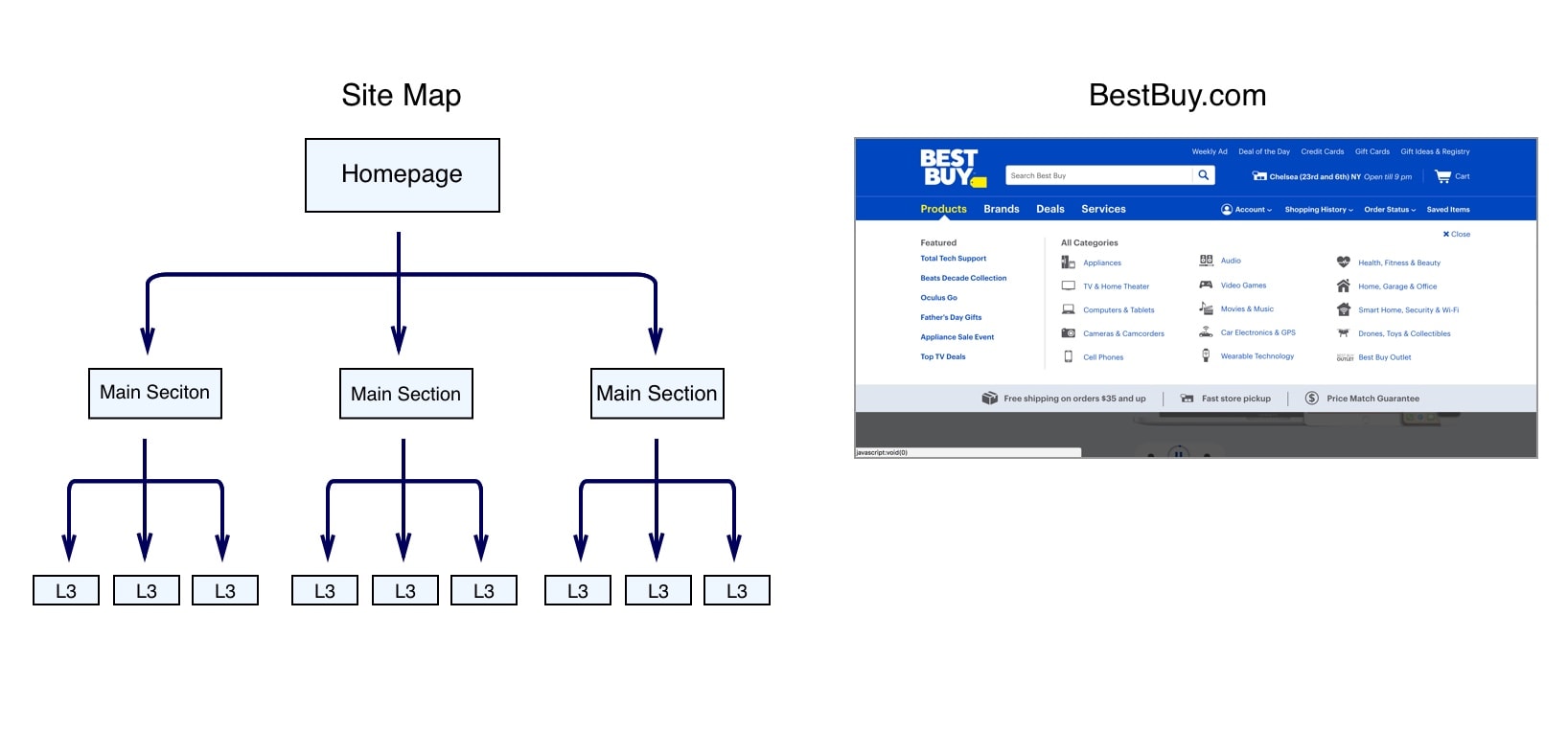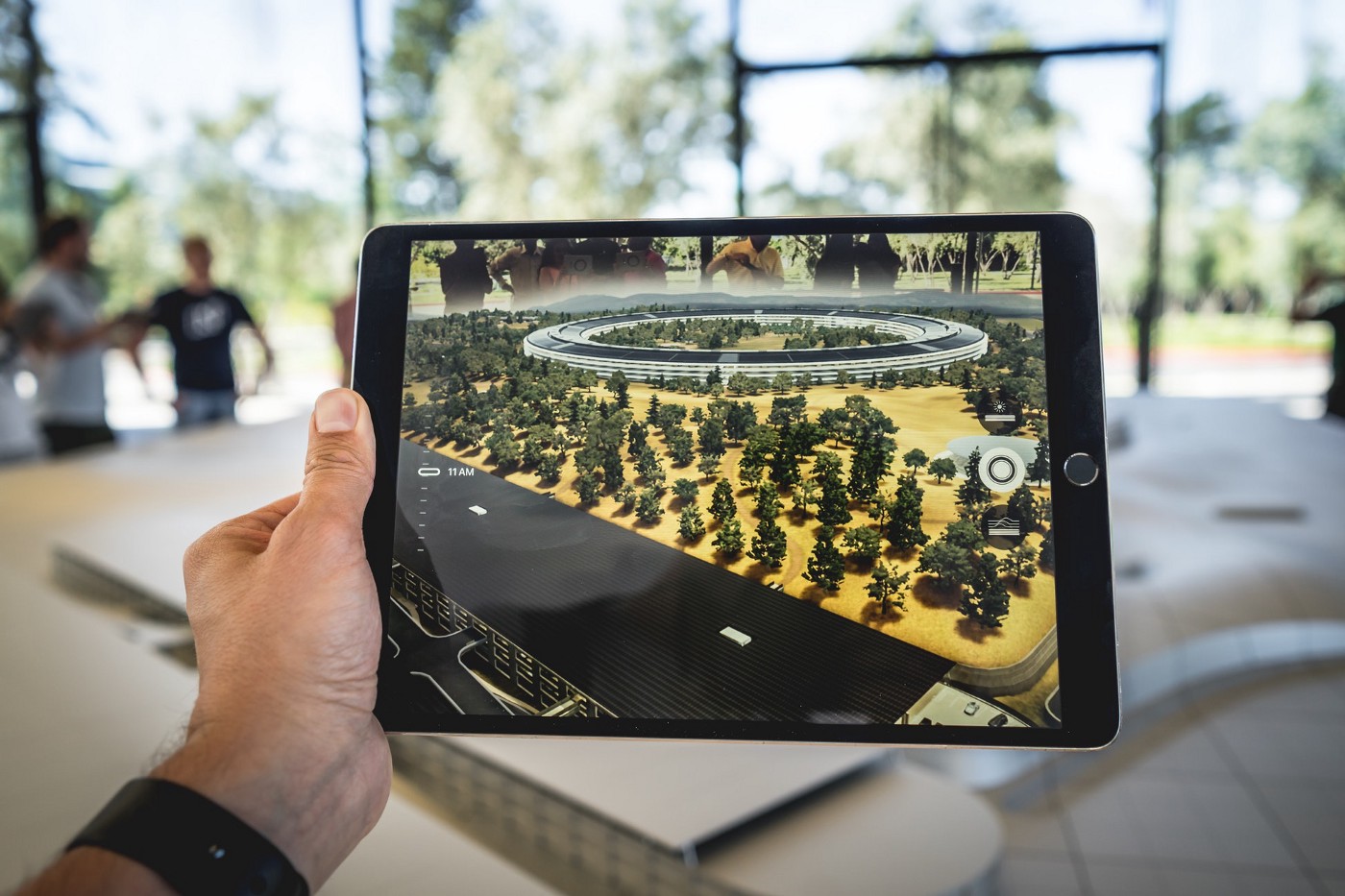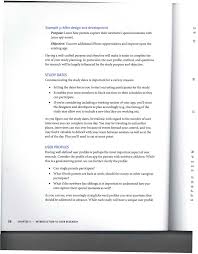
Webflow is a software-as-a-service company based in San Francisco that specializes in creating websites. It provides a visual editor platform which allows users to design and build websites. It lets users create a website, add new content, and then launch it. It is used by 0.6% of the top ten million websites on the internet.
Struts
Page flows are not part-time web applications, so it is important that you understand this fact when you work on a web flow project. Instead, Struts webapps utilize the concept action and view. Each action is associated to a specific request URL and performs the processing of the request and selects a result view.

Spring
Spring web flow is a subproject of the Spring Framework that focuses on providing the infrastructure required to build rich web applications. The project is designed to address three important problems that web developers often face.
Grails
Grails to web flow is a state engine that can be used for UI workflows. It is capable of handling multiple page wizards.
ASP.NET MVC
ASP.NET.NET.NET. You can have three distinct states when you use ASP.NET.NET.NET: view (or action), subflow (or work), and the third is subflow. The view state presents a view for the user. While the action state performs work, the view state renders the state. The outcome can determine whether the action state will transition to the next stage. To determine the next step, the decision state uses an If...Then...Else clause. Subflows can be flow that starts after the current one has finished.
Spring Web Flow
Spring Web Flow is a sub-project of the Spring Framework that focuses on providing infrastructure for building rich web applications. It is designed to address 3 key problems facing web app developers:

Webflow Editor
The Webflow editor allows you to modify the design or content of your Webflow project. You can change text, links, and images with the click of a button. You can also manage page settings such as the SEO title or image.
FAQ
Can I use HTML & CCS to build my website?
Yes! If you've followed the steps, you should now be able create your website.
You now know how to build a website structure. Now you need to learn HTML and CSS coding.
HTML stands for HyperText Markup Language. It is similar to writing a recipe. It would list the ingredients, directions, and how to do it. HTML allows you to indicate to a computer which portions of text are bold, italicized and underlined. It also lets you know which part of the document is linked. It is the language used to describe documents.
CSS stands for Cascading Style Sheets. It is like a stylesheet that you use to create recipes. Instead of listing out each ingredient and instruction, you write down general rules for things like font sizes, colors, spacing, and more.
HTML tells a browser how to format a webpage; CSS tells a browser how to do it.
Don't be afraid to ask questions if you don’t understand any of these terms. Follow the tutorials below, and you'll soon be making beautiful websites.
Can I create my own website with HTML & CSS?
Yes, you can! You will need basic knowledge of web design and programming languages like HTML (Hyper Text Markup Language) and CSS (Cascading Style Sheets). These two languages make it possible to create websites accessible by all who have an internet connection.
How do I create my own website?
This will depend on the type and purpose of your website. Do you want to sell online products, start a blog, build a portfolio, or both?
It is possible to create a basic website with HTML and CSS (a combination HyperText Markup Language & Cascading Style sheetss). It is possible to make a basic website with HTML and CSS. However, many web developers recommend using a WYSIWYG editor, such as Frontpage or Dreamweaver.
Hire a freelance web developer if your skills are not in-depth. They can help you build a website customized to your needs.
Freelancers can charge a flat fee or an hourly rate. The cost of hiring a freelancer varies depending on how much work they complete within a given timeframe.
For example, you might pay $50-$100 an hour to a company. You'll usually get higher rates for larger projects.
You can also find jobs on many freelance websites. It is possible to search on these websites before reaching out directly to potential developers.
Statistics
- Is your web design optimized for mobile? Over 50% of internet users browse websites using a mobile device. (wix.com)
- It's estimated that in 2022, over 2.14 billion people will purchase goods and services online. (wix.com)
- Studies show that 77% of satisfied customers will recommend your business or service to a friend after having a positive experience. (wix.com)
- When choosing your website color scheme, a general rule is to limit yourself to three shades: one primary color (60% of the mix), one secondary color (30%), and one accent color (10%). (wix.com)
- It's estimated that chatbots could reduce this by 30%. Gone are the days when chatbots were mere gimmicks – now, they're becoming ever more essential to customer-facing services. (websitebuilderexpert.com)
External Links
How To
How can you tell which CMS is better?
There are two types in general of Content Management System (CMS). Web Designers use Static HTML or Dynamic CMS. WordPress is the most used CMS. Joomla is the best CMS for professional looking websites. You can create any kind of website with Joomla!'s powerful open-source CMS. It is easy to set up and configure. Joomla comes with thousands upon thousands of templates and extensions, so you don’t need to hire an expert to set up your site. Joomla is also free to download and install. Joomla is a good choice for your project.
Joomla is a powerful tool that makes it easy to manage all aspects of your website. It offers features like a drag-and-drop editor, multiple template support and image manager. You can also manage your blog, blog, eCommerce, news feeds, and more. Joomla's many features make it a great option for anyone who doesn't want to spend hours learning code.
Joomla supports nearly all devices. This is a great feature. You can easily create websites for multiple platforms with Joomla.
There are several reasons why people prefer Joomla over WordPress. These are just a few of the reasons Joomla is preferred to WordPress.
-
Joomla is Open Source Software
-
Easy to Install and Configure
-
Over 2,000 ready-made Templates and Extensions
-
It's free to download and use
-
All Devices Supported
-
The Powerful Features
-
Great Support Community
-
Very secure
-
Flexible
-
Highly Customizable
-
Multi-Lingual
-
SEO friendly
-
Responsive
-
Social Media Integration
-
Mobile Optimized